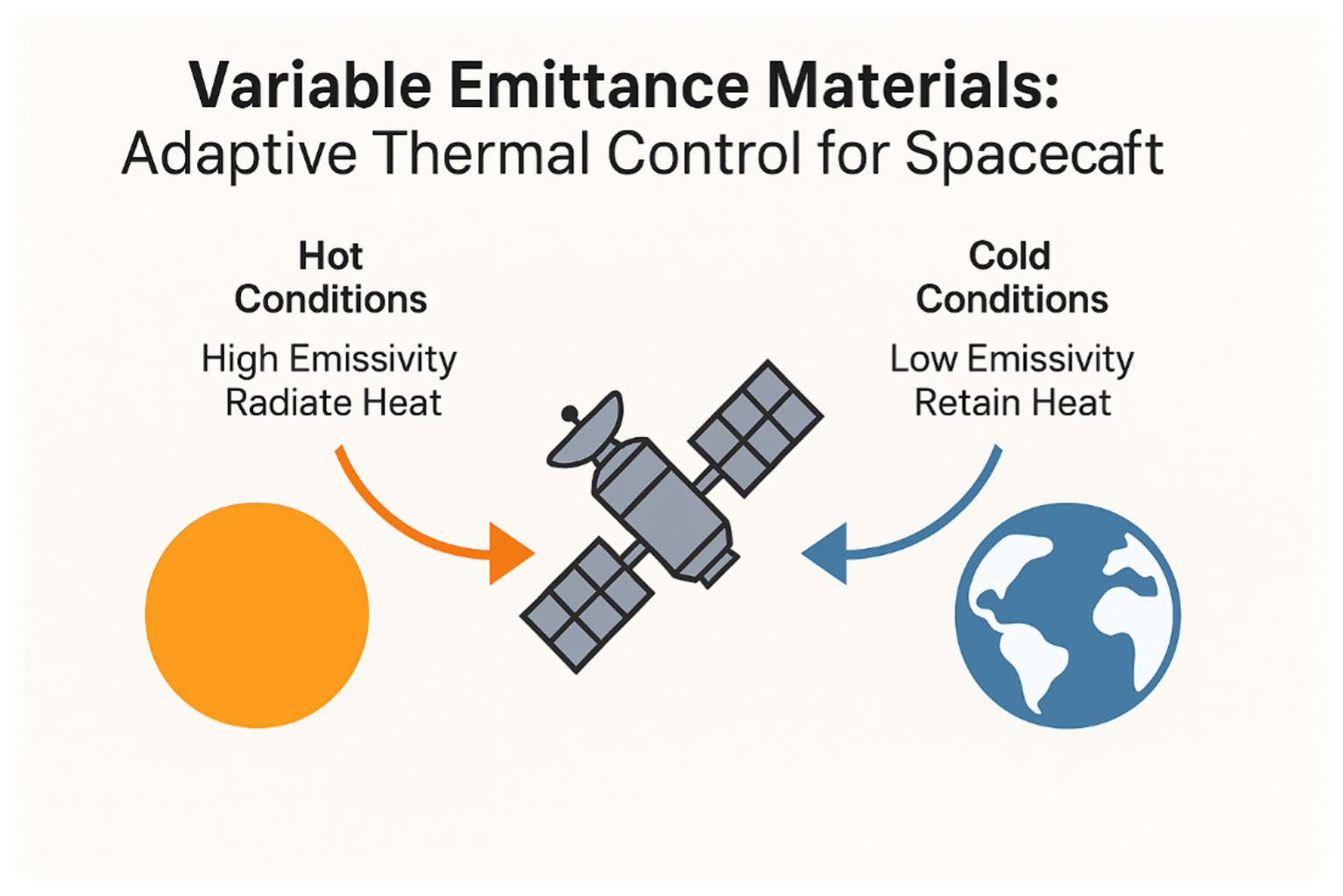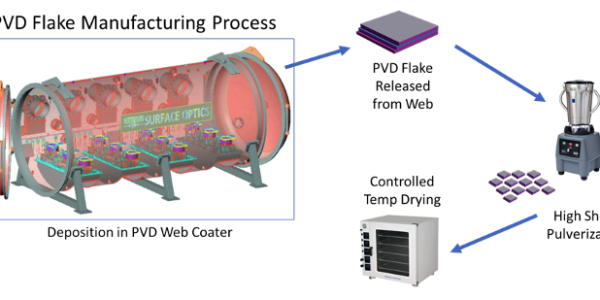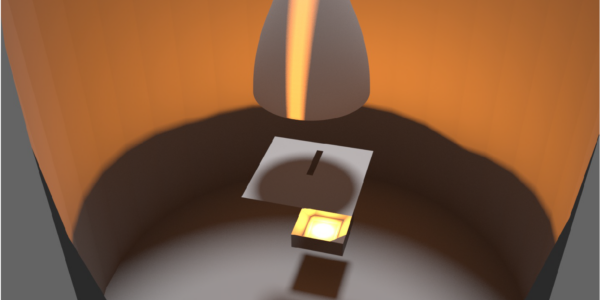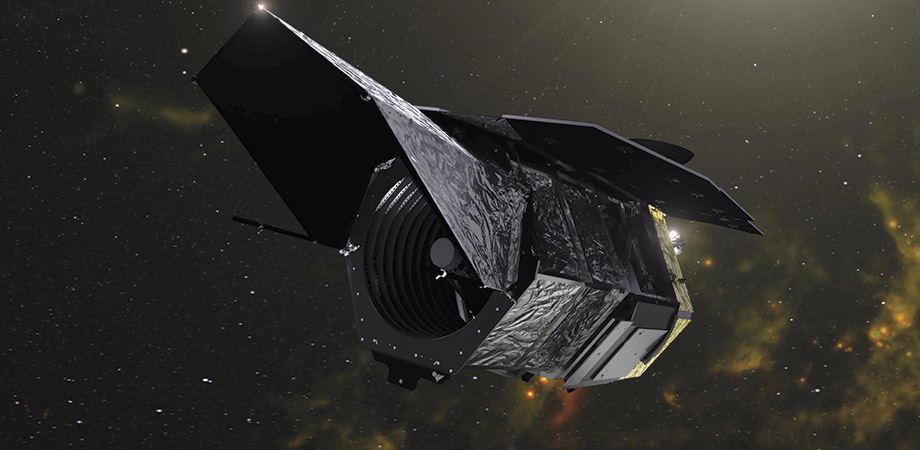
The Surface Optics Coatings Lab had the privilege of contributing to a critical optical component of the Nancy Grace Roman Space Telescope, slated to launch by May 2027. Roman is an infrared telescope named after Nancy Grace Roman, NASA’s first Chief of Astronomy. She is also known as the “Mother of Hubble” for her foundational role in planning the Hubble Space Telescope. The Roman space telescope will allow astronomers to detect and study galaxies in the very early universe, search for potentially habitable exoplanets, and provide answers to some of the most pressing questions in astrophysics, such as the nature of dark matter and dark energy.
Advancing Coronagraph Technology
One of two scientific instruments aboard the Roman space telescope will be the Coronagraph Instrument (CGI). The CGI uses a system of masks, prisms, detectors, and advanced deformable mirrors to block out the light from distant stars and reveal the planets in orbit around them. The Roman Coronagraph is designed to detect planets 100 million times fainter than their stars or 100 to 1,000 times better than existing space-based coronagraphs by using deformable mirrors to enhance the Coronagraph’s performance.
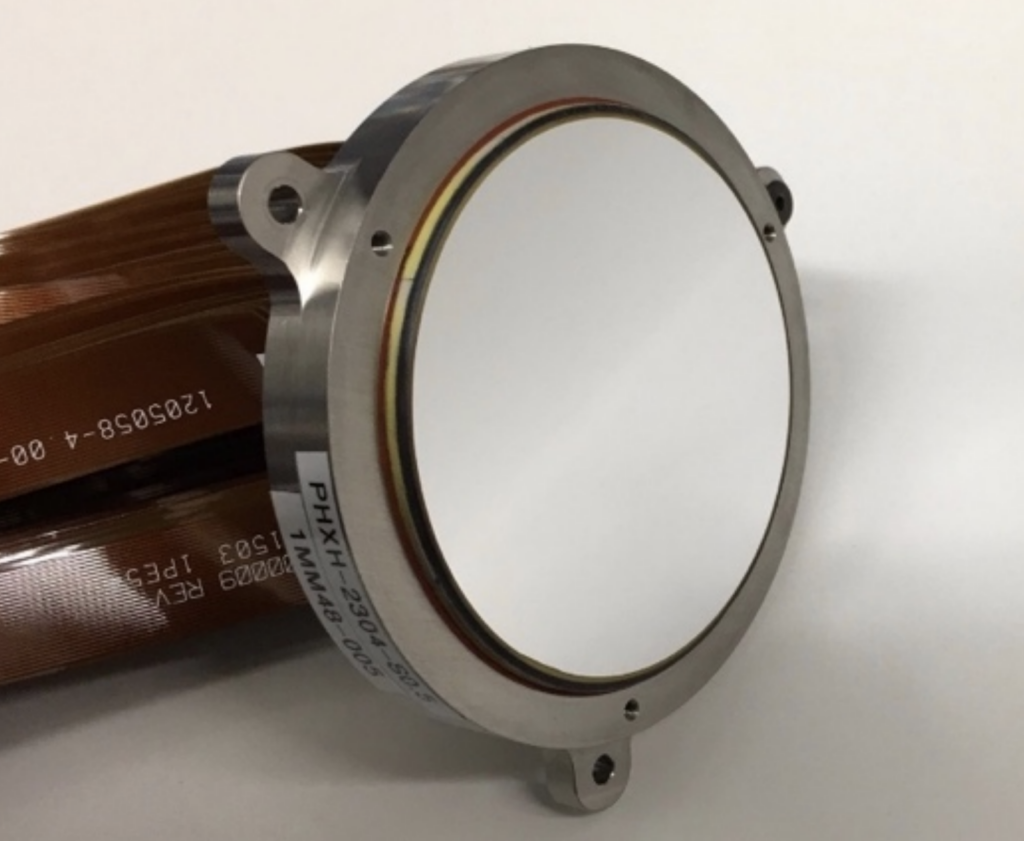
Image Credit: Jet Propulsion Laboratory, California Institute of Technology
What is a Deformable Mirror?
Most coronagraphs consist of masks placed at intermediate pupils and/or focal planes. But they do little to suppress the light scattered by imperfect optics that can be magnitudes brighter than the planet. Deformable Mirrors (DM) are devices that can adjust the optical path of incoming light by changing the shape of a reflective mirror using precisely controlled piston-like actuators. By adjusting the shape of the mirror, it is possible to correct optical aberrations upstream and downstream of the DM. The instrument’s deformable mirrors and other advanced technology are known as “active wavefront control.”

The image above shows data from the Coronagraph’s camera. Engineers used lasers and special optics to replicate the light from a star as it would look when observed by the Roman telescope. The image at left shows the amount of starlight that leaks into the Coronagraph’s field of view when only masks are used to block the star at the center of the circle. Using its deformable mirrors, the Coronagraph can remove more and more of this starlight. The middle and right images show the progression of this process, where red indicates less starlight, and black indicates most or all starlight has been removed.
Surface Optics Coating’s Lab Contribution to the Roman Space Telescope
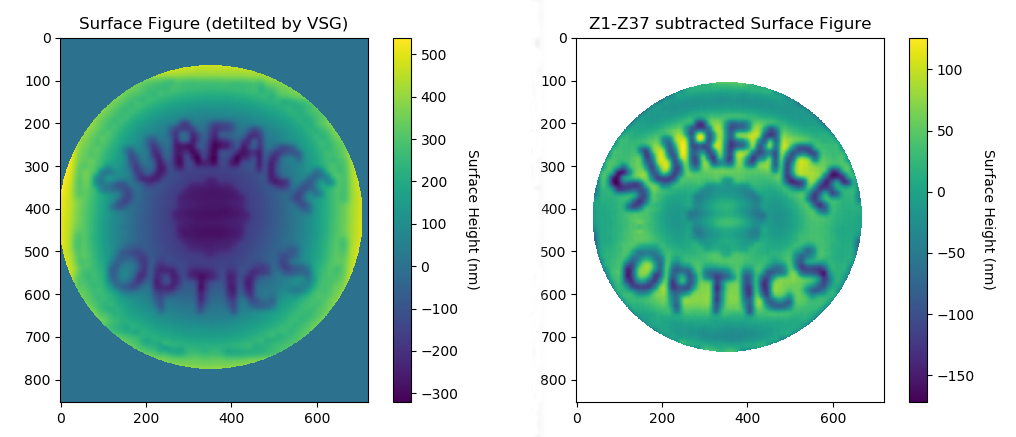
Surface Optics technical expertise and historical track record of special project support helped to deliver an optical coating for the deformable mirrors that met JPL’s stringent requirements for coating thickness, reflectivity, and reflectivity uniformity. In our lab’s 3-meter diameter coating chamber using electron beam evaporation Surface Optics deposited a high reflectance aluminum coating on the face sheet surface of the two 48×48 AOA Xinetics deformable mirrors.
Despite the reflectivity of silver being higher across the wavelength range of interest for CGI, the reflectivity of aluminum was sufficient to satisfy CGI throughput requirements, and many standard processes for optical-quality silver overcoat vacuum deposition utilize temperatures exceeding 100°C, which is above the thermal safety limit for the front-end module, even before imposition of flight-standard safety margins.1
Using our SOC-210 high-resolution bidirectional reflectometer, the Surface Optics on-site metrology lab measured visible wavelength BRDF scatter at 495nm, 615nm, and 675nm on witness samples to verify >90% average reflectance from 400 to 600nm and >85% average reflectance from 700 to 900nm.
As we celebrate our contribution to the Nancy Grace Roman Space Telescope, we remain committed to providing the highest-quality optical coatings and measurement services to support our customer’s missions and the ongoing exploration of the universe. We look forward to seeing the extraordinary discoveries that this telescope will make.
Status of Nancy Grace Roman Telescope
The fully assembled and tested CGI recently arrived at the NASA Goddard Space Flight Center, where it will be integrated into the telescope. The lessons learned from the CGI technology demonstration and the effectiveness of DMs on the Roman telescope will pave the way for an even more advanced exo-Earth characterization instrument on NASA’s next flagship, the Habitable Worlds Observatory (HWO).
More on the Nancy Grace Roman CGI
References
[1] Caleb W. Baker, Duncan T. Liu, Anthony D. Turner, Warren A. Holmes, Christian A. Lindensmith, Kelly Y. Wang-Resner, David V. Aldrich, Daniel J. Preston, John T. Trauger, Dwight C. Moody, Philip C. Irwin, Otto R. Polanco, Josh E. Kempenaar, Anthony Bautista, Brian D. Kern, Robert J. Calvet, David C. Barr, Jerry L. Mulder, Fai H. Mok, “Design, assembly, and test of Roman coronagraph deformable mirrors,” J. Astron. Telesc. Instrum. Syst. 11(3) 031504 (1 July 2025) https://doi.org/10.1117/1.JATIS.11.3.031504

The Surface Optics Coatings Lab had the privilege of contributing to a critical optical component of the Nancy Grace Roman Space Telescope, slated to launch by May 2027. Roman is an infrared telescope named after Nancy Grace Roman, NASA’s first Chief of Astronomy. She is also known as the “Mother of Hubble” for her foundational role in planning the Hubble Space Telescope.
The Roman space telescope will allow astronomers to detect and study galaxies in the very early universe, search for potentially habitable exoplanets, and provide answers to some of the most pressing questions in astrophysics, such as the nature of dark matter and dark energy.
Advancing Coronagraph Technology
One of two scientific instruments aboard the Roman space telescope will be the Coronagraph Instrument (CGI). The CGI uses a system of masks, prisms, detectors, and advanced deformable mirrors to block out the light from distant stars and reveal the planets in orbit around them.
The Roman Coronagraph is designed to detect planets 100 million times fainter than their stars or 100 to 1,000 times better than existing space-based coronagraphs by using deformable mirrors to enhance the Coronagraph’s performance.

Image Credit: Jet Propulsion Laboratory, California Institute of Technology
What is a Deformable Mirror?
Most coronagraphs consist of masks placed at intermediate pupils and/or focal planes. But they do little to suppress the light scattered by imperfect optics that can be magnitudes brighter than the planet.
Deformable Mirrors (DM) are devices that can adjust the optical path of incoming light by changing the shape of a reflective mirror using precisely controlled piston-like actuators. By adjusting the shape of the mirror, it is possible to correct optical aberrations upstream and downstream of the DM.
The instrument’s deformable mirrors and other advanced technology are known as “active wavefront control.”

The image above shows data from the Coronagraph’s camera. Engineers used lasers and special optics to replicate the light from a star as it would look when observed by the Roman telescope.
The image at left shows the amount of starlight that leaks into the Coronagraph’s field of view when only masks are used to block the star at the center of the circle. Using its deformable mirrors, the Coronagraph can remove more and more of this starlight. The middle and right images show the progression of this process, where red indicates less starlight, and black indicates most or all starlight has been removed.
Surface Optics Coating’s Lab Contribution to the Roman Space Telescope

Surface Optics technical expertise and historical track record of special project support helped to deliver an optical coating for the deformable mirrors that met JPL’s stringent requirements for coating thickness, reflectivity, and reflectivity uniformity. In our lab’s 3-meter diameter coating chamber using electron beam evaporation Surface Optics deposited a high reflectance aluminum coating on the face sheet surface of the two 48×48 AOA Xinetics deformable mirrors.
Despite the reflectivity of silver being higher across the wavelength range of interest for CGI, the reflectivity of aluminum was sufficient to satisfy CGI throughput requirements, and many standard processes for optical-quality silver overcoat vacuum deposition utilize temperatures exceeding 100°C, which is above the thermal safety limit for the front-end module, even before imposition of flight-standard safety margins.1
Using our SOC-210 high-resolution bidirectional reflectometer, the Surface Optics on-site metrology lab measured visible wavelength BRDF scatter at 495nm, 615nm, and 675nm on witness samples to verify >90% average reflectance from 400 to 600nm and >85% average reflectance from 700 to 900nm.
As we celebrate our contribution to the Nancy Grace Roman Space Telescope, we remain committed to providing the highest-quality optical coatings and measurement services to support our customer’s missions and the ongoing exploration of the universe. We look forward to seeing the extraordinary discoveries that this telescope will make.
Status of Nancy Grace Roman Telescope
The fully assembled and tested CGI recently arrived at the NASA Goddard Space Flight Center, where it will be integrated into the telescope. The lessons learned from the CGI technology demonstration and the effectiveness of DMs on the Roman telescope will pave the way for an even more advanced exo-Earth characterization instrument on NASA’s next flagship, the Habitable Worlds Observatory (HWO).
More on the Nancy Grace Roman CGI
References
[1] Caleb W. Baker, Duncan T. Liu, Anthony D. Turner, Warren A. Holmes, Christian A. Lindensmith, Kelly Y. Wang-Resner, David V. Aldrich, Daniel J. Preston, John T. Trauger, Dwight C. Moody, Philip C. Irwin, Otto R. Polanco, Josh E. Kempenaar, Anthony Bautista, Brian D. Kern, Robert J. Calvet, David C. Barr, Jerry L. Mulder, Fai H. Mok, “Design, assembly, and test of Roman coronagraph deformable mirrors,” J. Astron. Telesc. Instrum. Syst. 11(3) 031504 (1 July 2025) https://doi.org/10.1117/1.JATIS.11.3.031504

